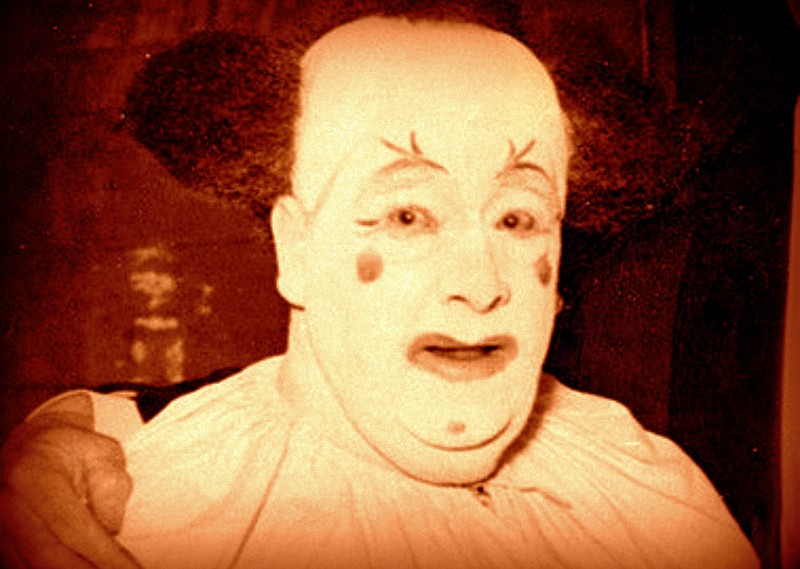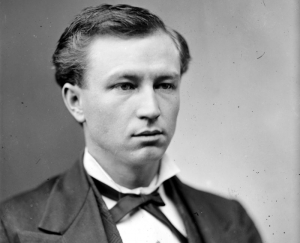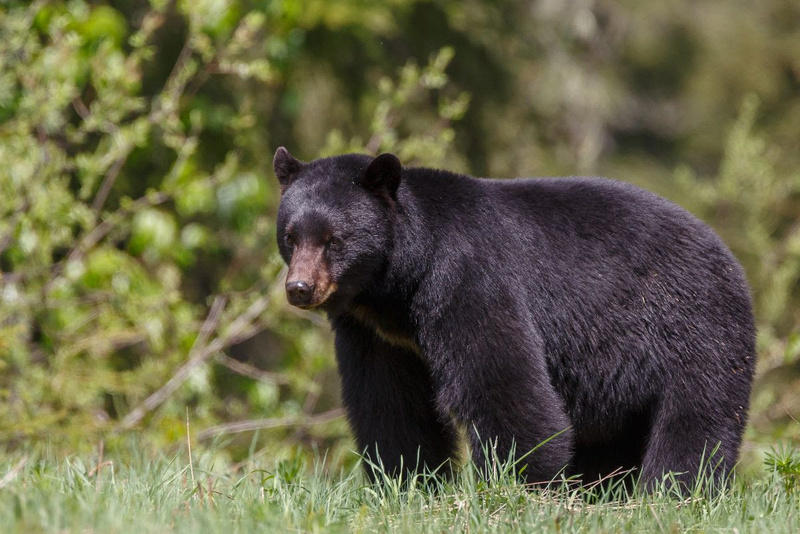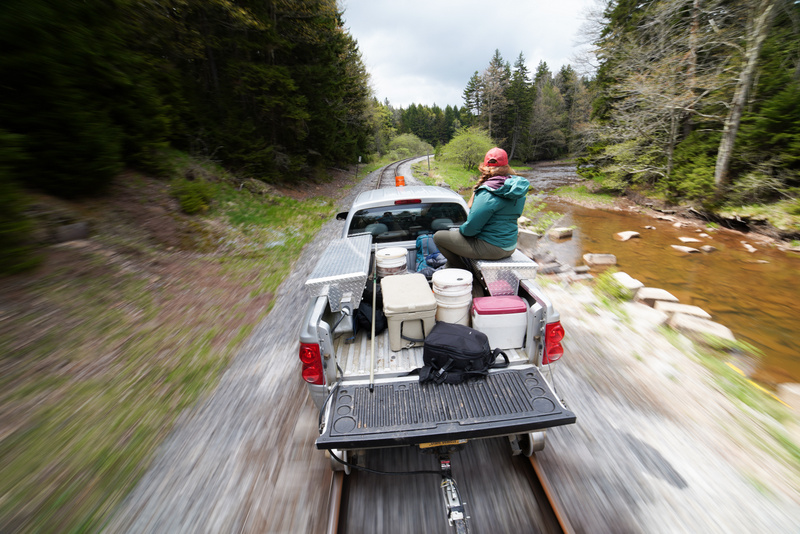It might sound like a joke, but it's true that a circus clown helped relocate the West Virginia capital from Wheeling to Charleston, its present location, in the late 1800s.
They say that finding a location for the seat of government had been a bit of a circus anyway, and the capital city had shifted back and forth between the two cities through the years, but it finally anchored in Charleston, and we have a clown to thank for that.
Here's how it happened. Midway through the Civil War when West Virginia was created, Wheeling was its largest city and its new capital, though it was far from the new state's geographic center, which was roughly 100 miles to the south near Sutton, West Virginia.
So, in 1877, the Legislature determined that a new capital should be considered. Charleston, Clarksburg, and Martinsburg all vied for the honor, though Martinsburg, in the eastern panhandle, like Wheeling, in the northern panhandle, was far from the center.
Clarksburg and Charleston, however, were both more centrally located, and they entered into what became a maddening competition.
To help rally enthusiasm for its cause, Charleston engaged civic leaders Romeo Freer and John Kenna, but the two were having little success. Only ten days remained before the vote, and they had not been able to attract audiences to their speeches. Then along came Lolo the Clown.
Kenna and Freer had walked into a bar when their luck changed, according to the authors of "West Virginia: A Guide to the Mountain State," compiled in 1941 by writers for the Works Progress Association.
"Kenna and Freer arrived in Huntington, fatigued and discouraged," according to the writers, "but they were determined to make one last effort.
"They were then attracted by the shrill whistling of a steam calliope. A circus parade was approaching, and, Kenna said, frustrated, `this is to be our competition for today?' Their last hope had faded, and they returned to the hotel bar, where a stranger invited them to have a drink. In the conversation that followed, they complained of their dilemma and lamented their failure to attract audiences.
"Their host said he was connected with the circus and added, 'There ought to be some way to help you fellows. Come to the entrance of the show today, and ask for John Lowlow.' " And that's how Lolo came to fight for the establishment of the capitol at Charleston.
"He arranged for the two to travel with the circus, and they were allotted five minutes during each performance to speak for their cause. For a week, they traveled the territory they had failed to arouse, speaking to as many as 5,000 circus fans at one time."
This time, Charleston was selected by a vote greater than the total cast for all its rivals.
Years later, after Kenna had become a U.S. Senator and attained high standing among his associates in Washington, D.C., John Robinson's Circus arrived in the nation's capital.
Recalling olden days, Kenna organized a senatorial party, and all went as his guests to the circus. During the evening's performance, a white-faced clown stood on a barrel-head and waved for silence.
"Is there in the audience a man by the name of Kenna? Senator John E. Kenna of West Virginia?" Guests looked toward Kenna and one another in disbelief.
"He used to travel with this circus!' the clown announced with great solemnity.
That night John Lowlow, the clown's given name, was the esteemed guest at that party hosted by Senator Kenna, and his part in locating West Virginia's Capital was made known to one and all.
And then there was the time West Virginia had four governors
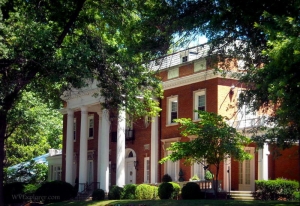
Too much government? As bad as politics in West Virginia might seem today, there was a time when the state had four governors.
In 1888, Nathan Goff, Jr., and Aretas Brooks Fleming campaigned for the governorship. Goff appeared to be the winner, but Fleming contested the vote, and both took the oath of office. All then things quickly began to devolve. Read the full story here.
Sign up to receive a FREE copy of West Virginia Explorer Magazine in your email weekly. Sign me up!
